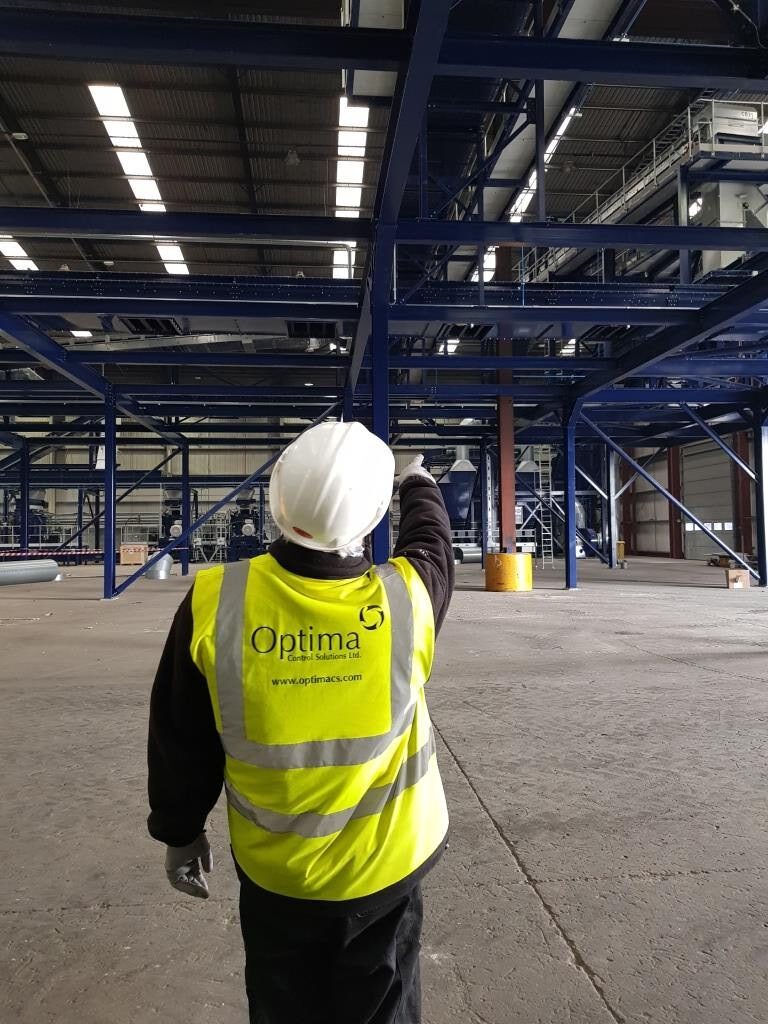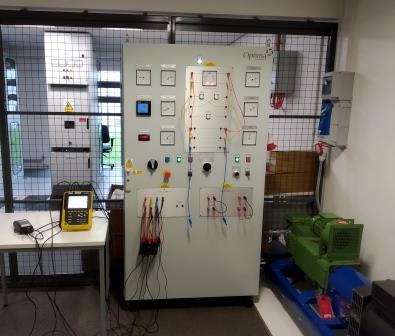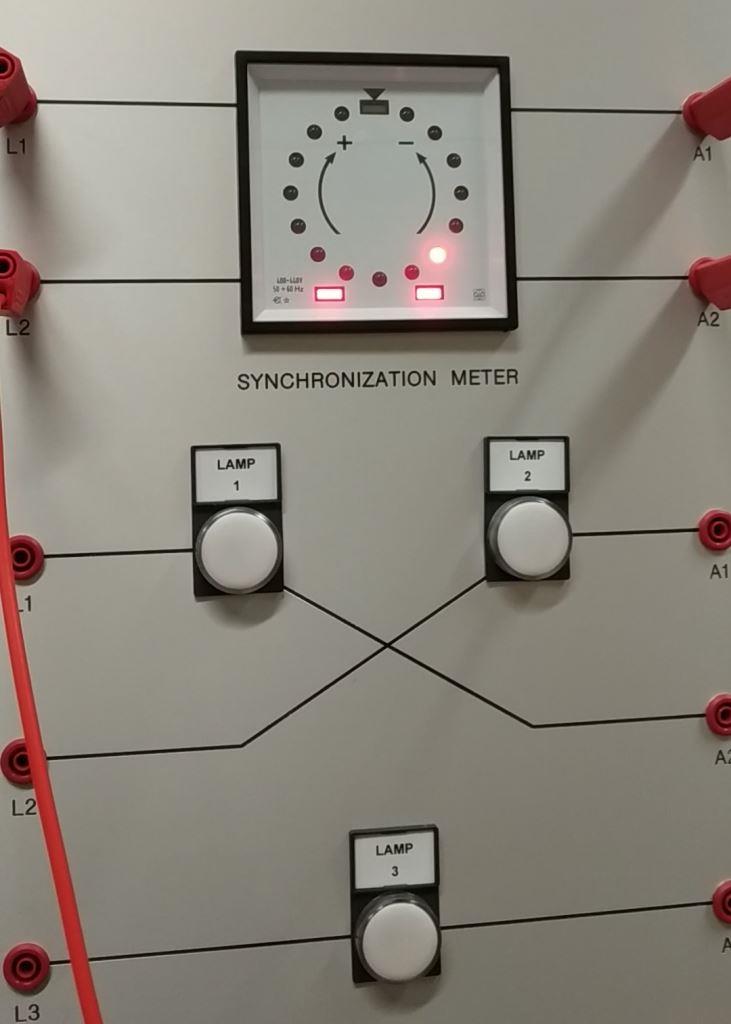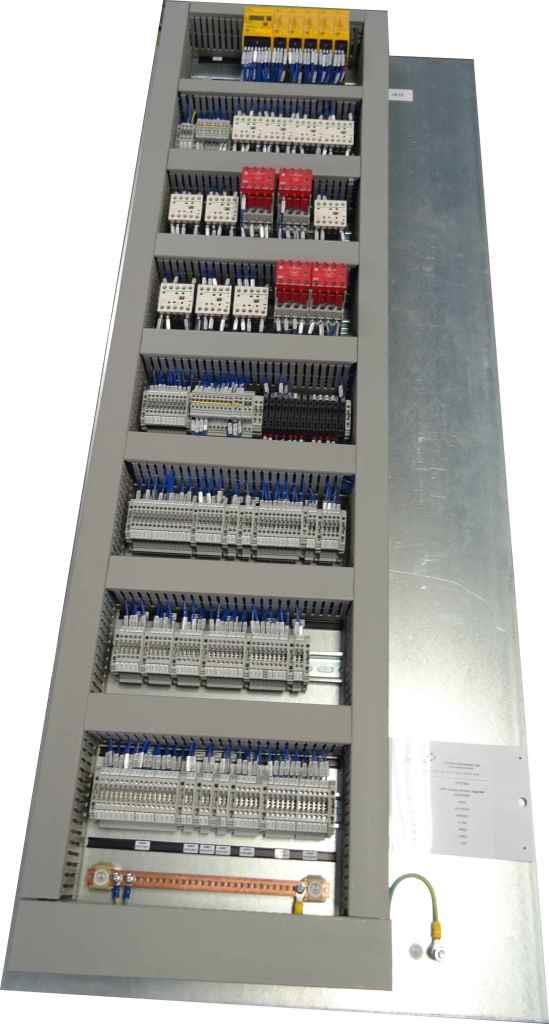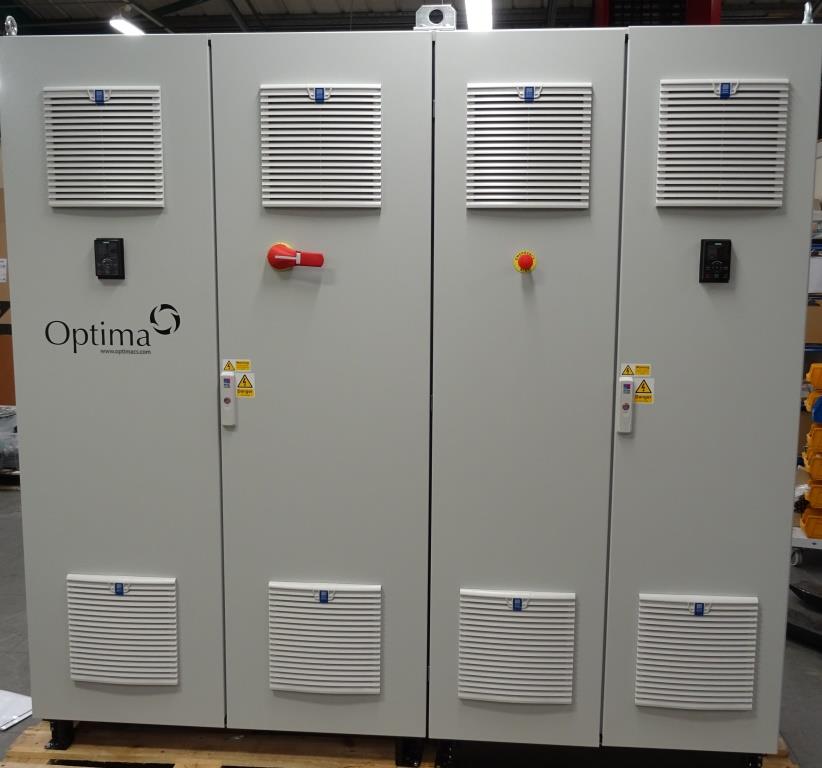Earlier this year we hired our first full-time machine vision projects engineer. His proven track record in vision systems design, modification and installation gives Optima a solid competitive edge in this recently-introduced service. Below we describe 4 specific projects completed by our vision specialist and the respective improvements resulting from each project.
Large Confectioner
Industry: Food & Beverage
Problem: This chocolate bar manufacturer was receiving a large number of customer complaints relating to a specific product – solid chocolate bars were often produced instead of wafer & chocolate ones. There was an existing vision system in place but it could not cope with the varieties of chocolate and mould colours. The existing camera system was unable to provide good contrast to detect a reject product.
Solution: A new machine vision system was integrated, functionally detecting and identifying the position of the solid bars (i.e. no wafer bars). IVC-3D cameras (from SICK UK) were utilised. The new system provides contrast-independent images to allow easier detection of faulty product. The position of every rejected bar is sent to a PLC to enable the bar to be rejected off the production line.
Result: The system is now running at 98%+ detection of reject product.
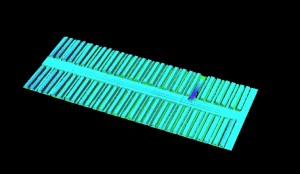
Figure 1. The new vision system easily captures the position of solid chocolate bars.
Multi-National Retail Companies
Industry: Retail
Problem: A group of multinational retailers initiated a study into the use of machine vision to detect different product types at checkout. Vision is usually only used on one item at a time. The study identified fraud as a major issue. Barcodes on high-value items were often fraudulently changed with barcodes of low-value items.
Solution: Our vision specialist trialled different vision techniques using either a single technology or combinations of technologies to determine the most reliable way of identifying individual product items. Examples of such vision techniques include Area Scan/Line Scan cameras, dome lighting, backlighting etc. Currently, most self-check-out cashiers use shape, colour and barcode to identify any particular product.
Results: The system was initially configured to use a conveyor and custom-built dome light (tunnel). However, subsequent development lead to a static system for being successfully deployed at numerous retail trade shows using a colour HiRes GigE camera. The system was demonstrated at a number of major retail exhibitions attracting great interest from a number of retail market leaders.
Processed Food
Industry: Retail / Food & Beverage
Problem: A supplier to one of the biggest British supermarket chains was potentially liable to being fined large amounts of money if, for particular food products, the “Date Code”/”Use By Date” labels were not present or if the wrong pots/lids were used. Additionally, the customer wanted to ensure that the correct pots and lids were used for a specified product. Barcodes on the pot and various features on the lid had to be read in order to verify that the “date code” and “Use by date” were correctly printed. Furthermore, the automated system needed to be linked to the site’s Information Management System to pre-determine the product currently in production. With multiple products being packaged on a single production line, errors were inevitable prior to the vision system installation.
Solution: The new vision system utilised 5 GigE cameras. 4 cameras provided all-round coverage of the pot to enable the barcode to be read at any orientation. Another camera had the same functions for lid inspection. All images were then processed using Cognex’s VisionPro PC software. At the time of the project, the dedicated barcode readers available did not have the Field of View required to cope with various pot sizes, hence the use of the GigE cameras.
Result: With the new machine vision system in place, detection of faulty pots increased to 80%.

Figure 2. One GigE camera reads the lid to identify Date Code and product labelling.
Pharmaceuticals Packaging
Industry: Pharmaceuticals / Optics
Problem: An existing vision system was used by a robotic pick and place system to locate and package products into blister packs. The client’s quality regime required that double, overlapping or folded product was not picked by the robot. The incumbent vision system utilised a problematic, visually disruptive carrier that didn’t present the target products in a repeatable position.
Solution: A custom algorithm was developed and added to the existing vision system so that it:
- Re-orientates the capture image to match a known template;
- Divides images to remove the carrier;
- Locates the product using a correlation based search;
- Applies a metering algorithm to identify the good product.
Result: The new vision system achieves 90% success rate in preventing double, overlapping and folded product being picked.
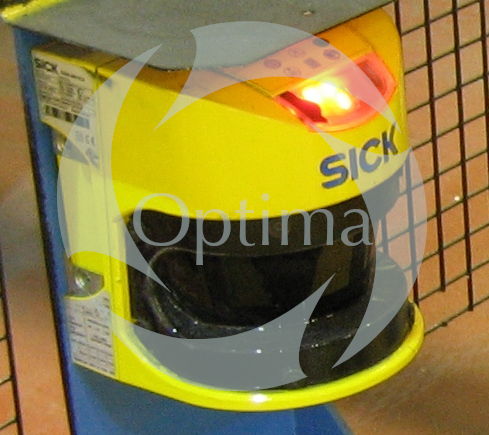
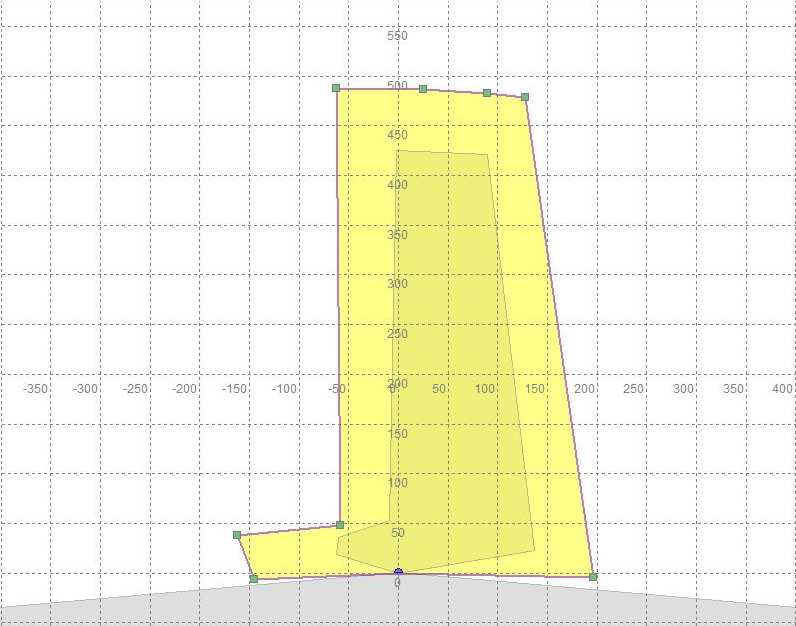
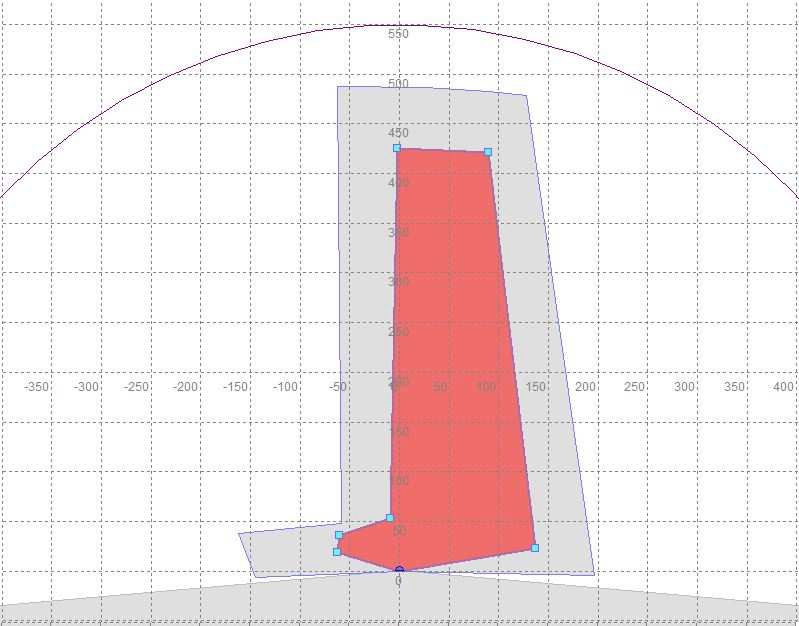
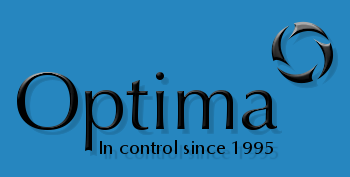
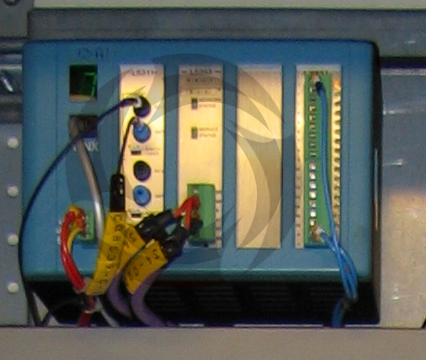
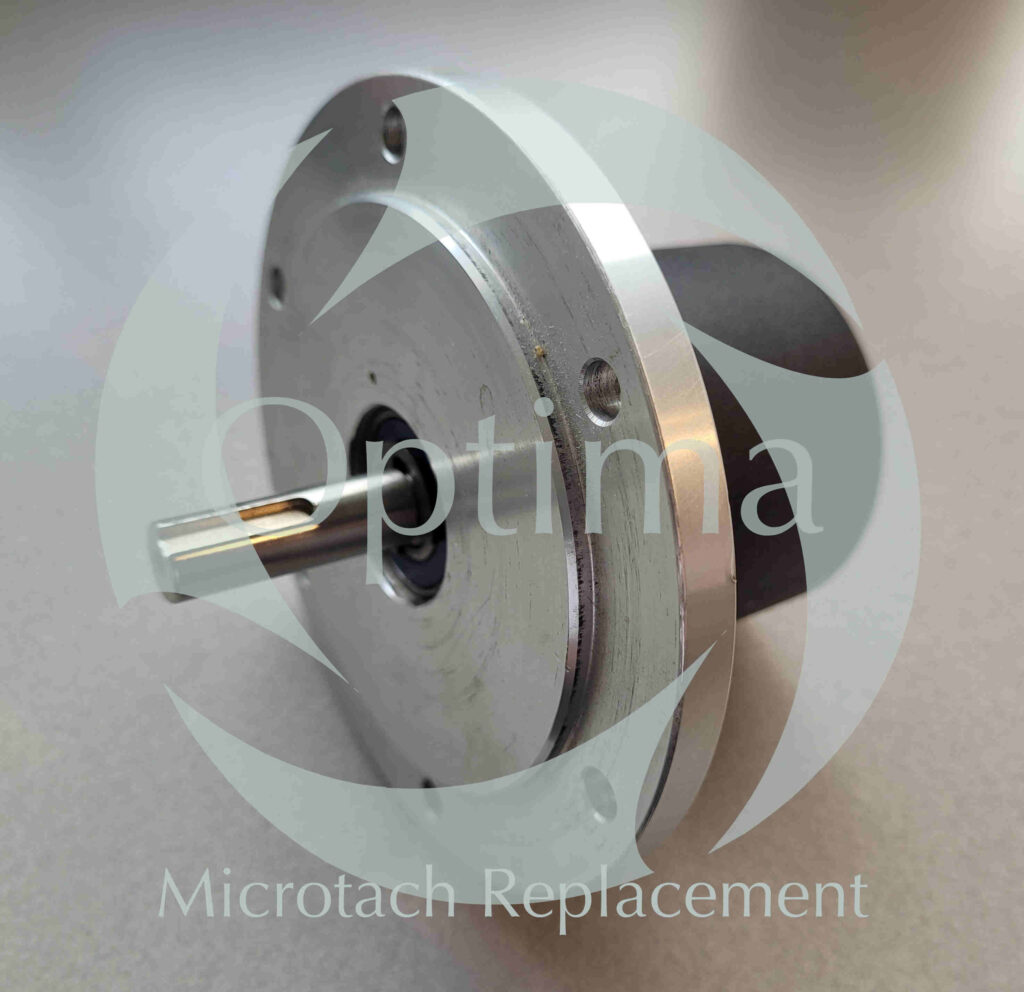
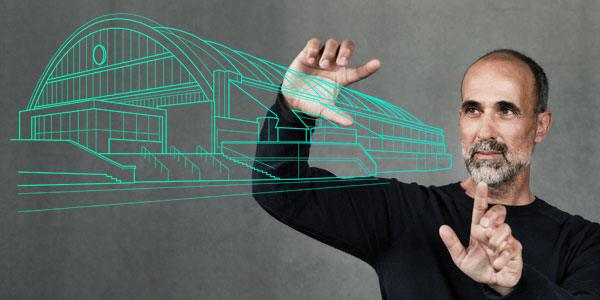

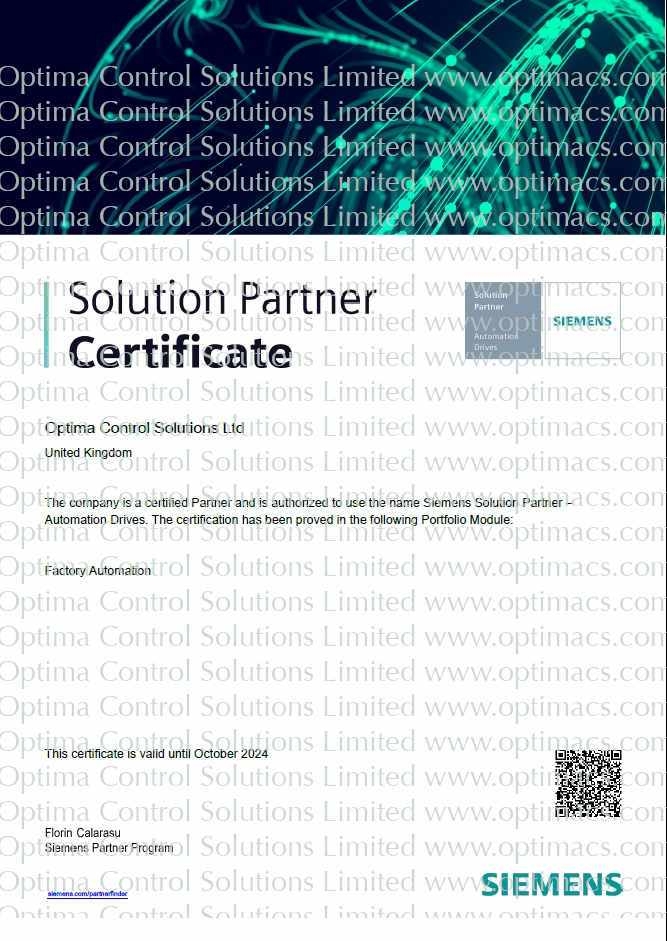
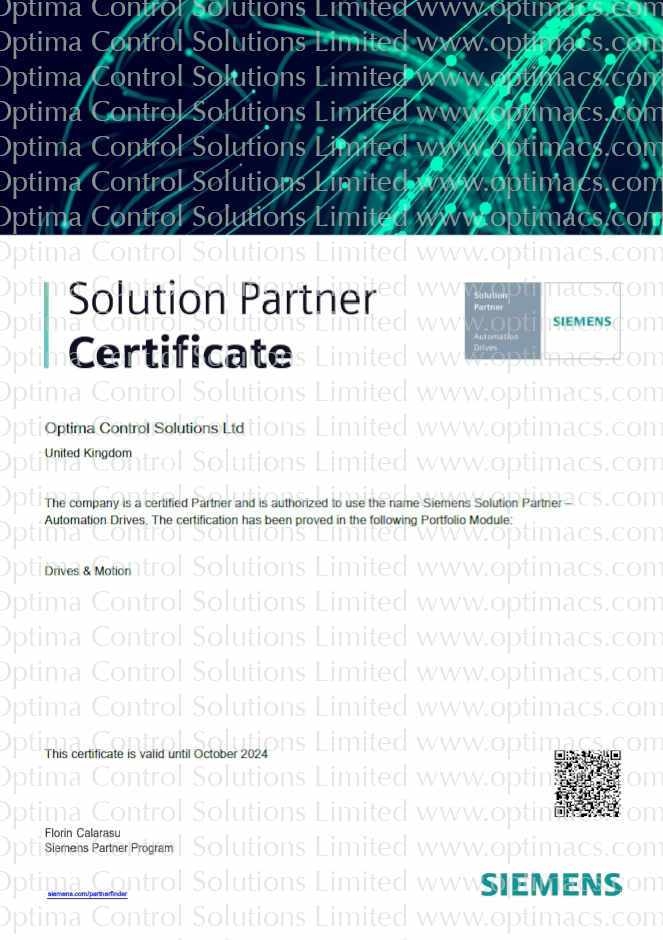
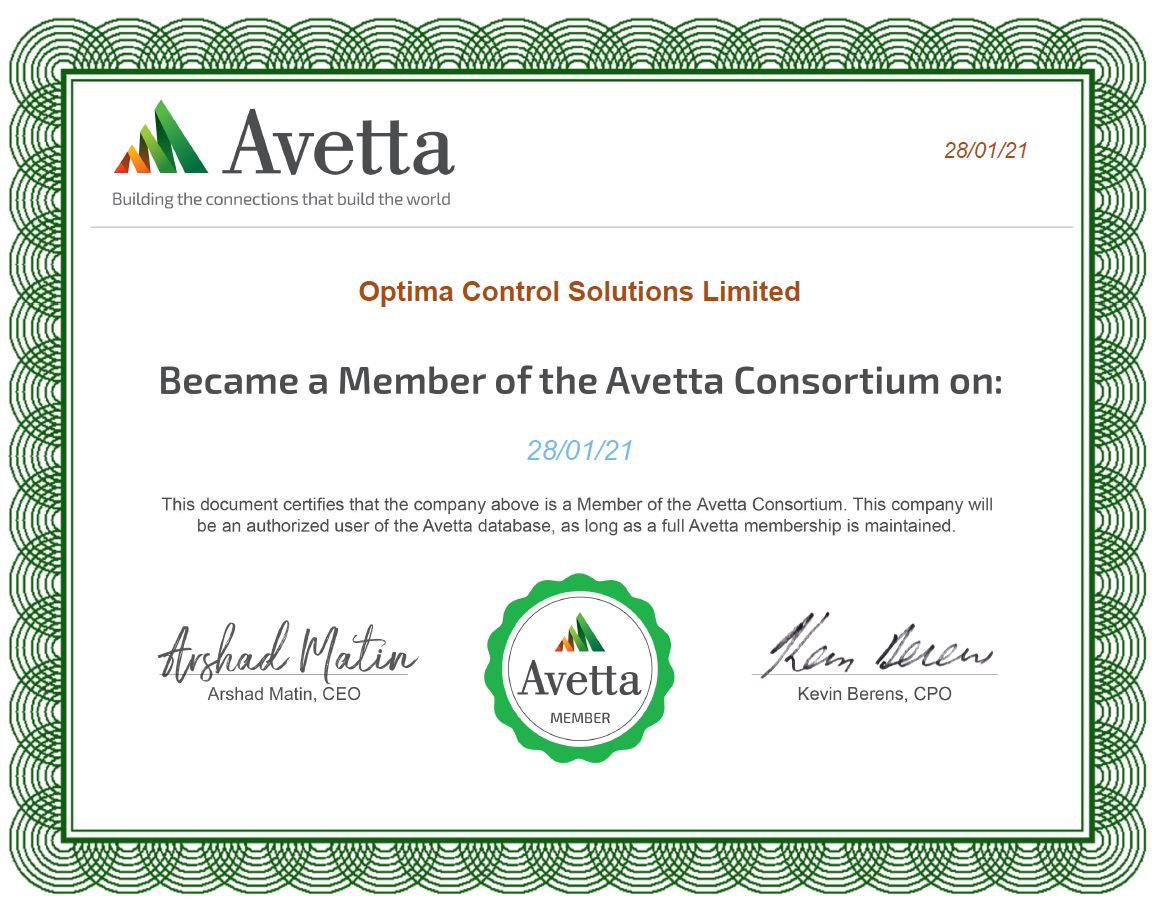
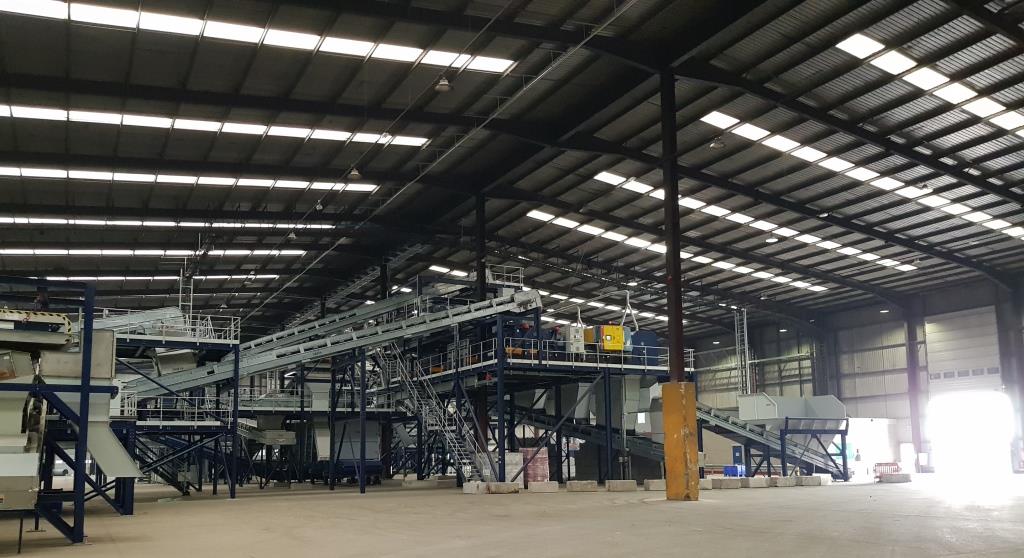 For this major project, we have written the PLC and SCADA platform to control the whole process from start to finish. The application is written entirely in TIA Portal with a total of three WinCC SCADA platforms. We have used the latest cloud-based remote access technology so that most of the plant can now be commissioned remotely. Remote access using a combination of local Wi-Fi and High-Gain 4G antennas gives us a reliable and secure access to the PLC and SCADA system when it is required.
For this major project, we have written the PLC and SCADA platform to control the whole process from start to finish. The application is written entirely in TIA Portal with a total of three WinCC SCADA platforms. We have used the latest cloud-based remote access technology so that most of the plant can now be commissioned remotely. Remote access using a combination of local Wi-Fi and High-Gain 4G antennas gives us a reliable and secure access to the PLC and SCADA system when it is required.